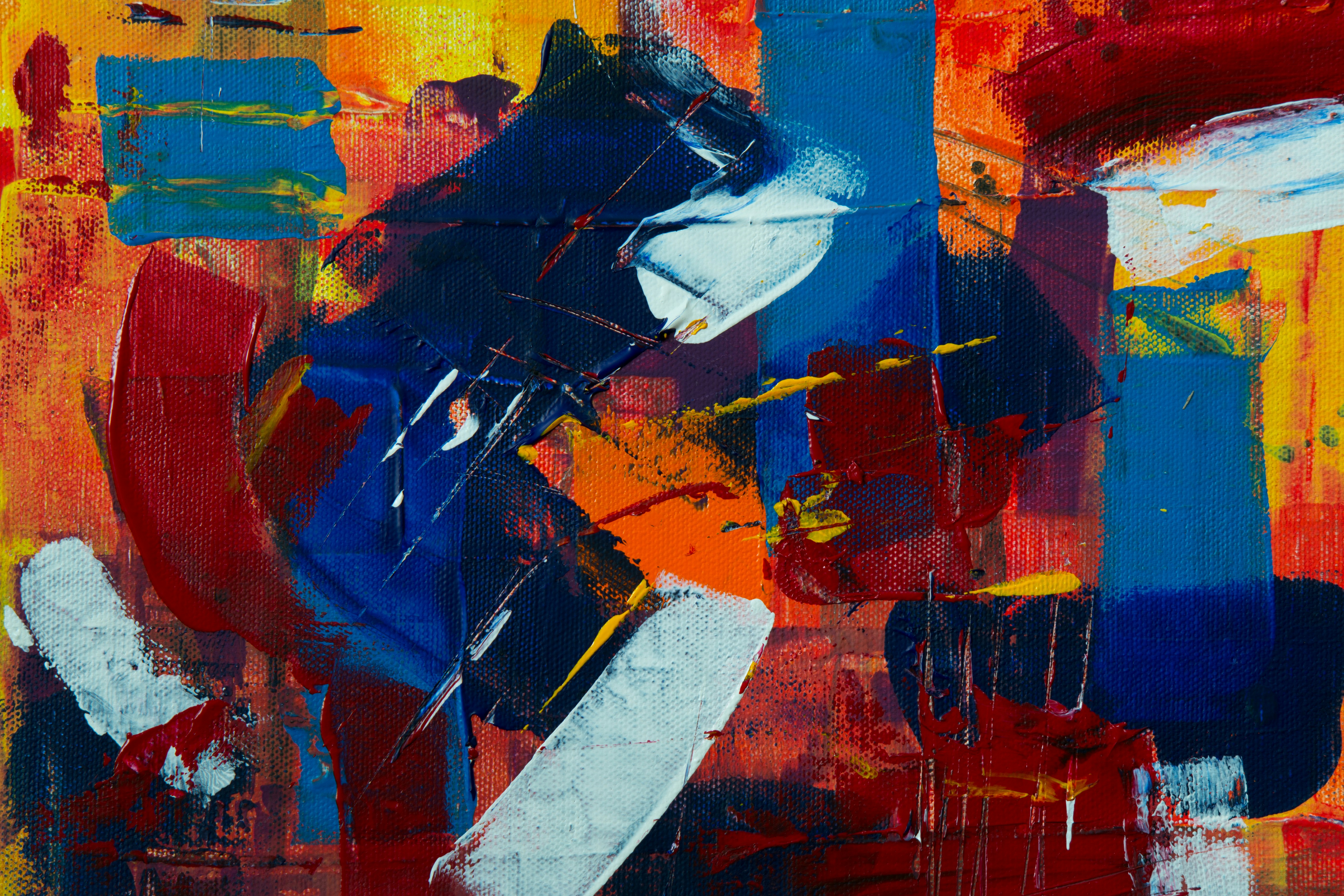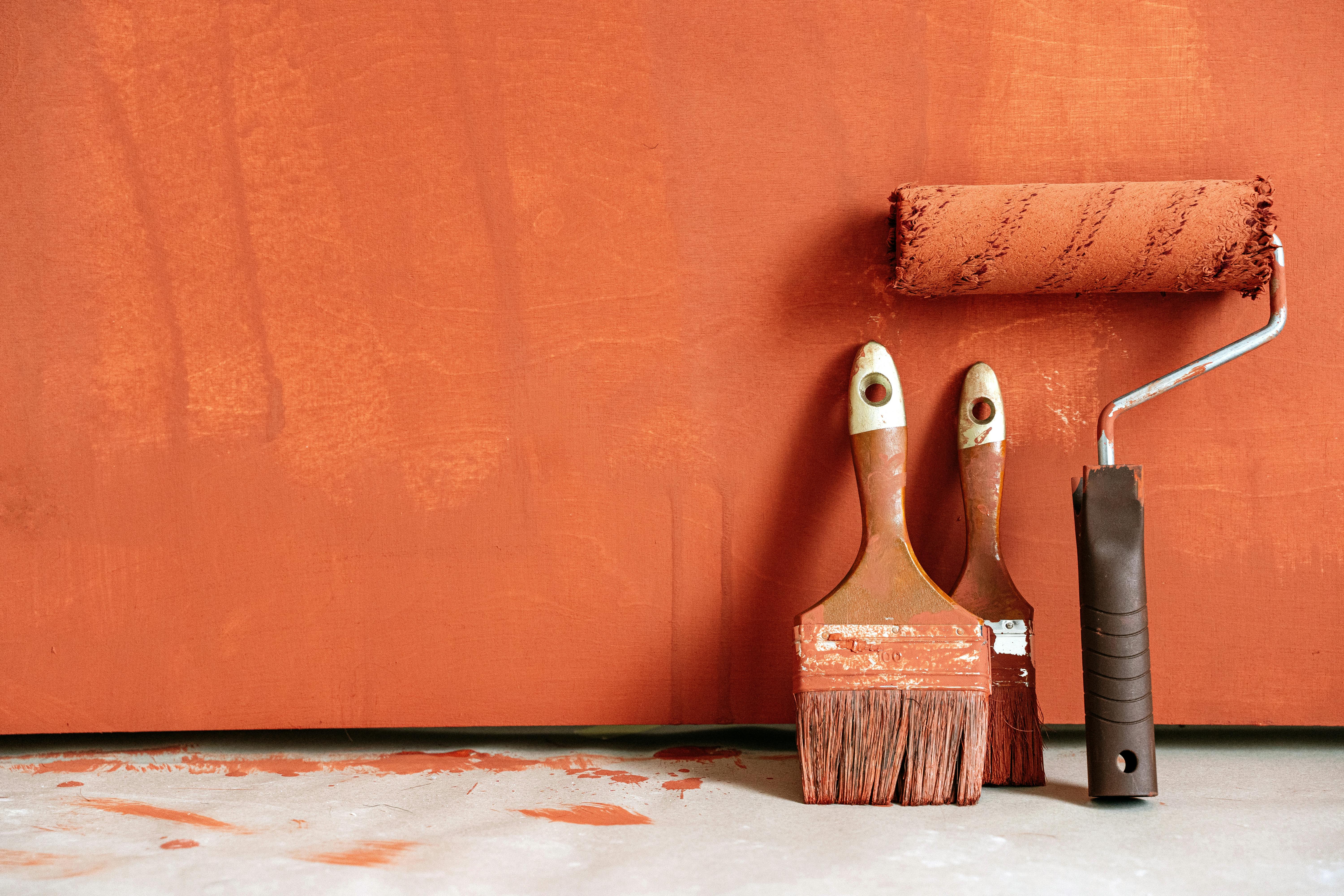Cinematic Light: The Art of Film Color Palettes
The art of cinema is not merely a sequence of moving images; it is a tapestry woven with visual artistry, storytelling, and emotion. At the heart of this tapestry lies the use of color palettes, a crucial yet often overlooked element that shapes the viewer's perception and experience. This article delves into the rich history, current trends, and the profound impact of color palettes in film, unveiling the intricate artistry that colors the silver screen.

Historical Context: From Black and White to Technicolor
In the early days of cinema, films were predominantly black and white, relying on lighting, contrast, and shadows to convey mood and emotion. However, the advent of Technicolor in the 1930s revolutionized the industry by introducing vibrant hues to the cinematic experience. Films like The Wizard of Oz and Gone with the Wind showcased the potential of color to enhance storytelling, setting a new standard for visual storytelling.
As the technology evolved, filmmakers began experimenting with color to evoke specific emotions and themes. The 1960s saw a surge in the use of bold and saturated colors, reflecting the cultural shifts and vibrant energy of the era. Directors like Alfred Hitchcock and Stanley Kubrick became masters at using color to manipulate audience perception, creating iconic films that remain influential today.
The Science and Psychology of Color
Understanding the impact of color in film requires an exploration of its psychological and emotional effects. Colors can evoke a wide range of emotions, from the warmth and comfort of reds and oranges to the calm and tranquility of blues and greens. Filmmakers harness this power to subtly guide viewers’ emotions, underscore narrative themes, and create a more immersive experience.
For instance, the use of blue and green tones in a film can evoke a sense of calm or melancholy, while warm colors like red and orange can heighten tension or passion. This strategic use of color not only enhances the visual appeal of a film but also deepens the emotional connection between the audience and the story.
Current Trends: The Rise of Digital Color Grading
In recent years, digital color grading has become an essential tool in the filmmaker’s arsenal. This technology allows for precise control over the color palette, enabling directors and cinematographers to craft a specific mood or atmosphere. Films like Blade Runner 2049 and Mad Max: Fury Road have pushed the boundaries of color grading, creating visually stunning worlds that captivate audiences.
The digital age has also democratized the art of color, allowing independent filmmakers to experiment with palettes that were once limited to big-budget productions. This shift has led to a diverse range of visual styles, with filmmakers using color to challenge conventions and explore new narrative possibilities.
The Impact and Significance of Color Palettes
The deliberate use of color palettes in film extends beyond aesthetic appeal; it plays a crucial role in storytelling, character development, and thematic exploration. A well-crafted color palette can establish a film’s tone, highlight key narrative elements, and even act as a visual metaphor. For example, Wes Anderson is renowned for his meticulous use of color, which contributes to the whimsical and often surreal atmosphere of his films.
Moreover, color palettes can serve as a tool for cultural representation and commentary. Films like Black Panther and Slumdog Millionaire use color to reflect the vibrancy and richness of the cultures they portray, offering audiences a more authentic and immersive experience. This thoughtful integration of color into the narrative framework enhances the film’s impact and resonance with viewers.
The Future of Color in Film
As the film industry continues to evolve, the role of color palettes will undoubtedly expand and transform. Advances in technology, such as virtual reality and augmented reality, offer exciting new opportunities for filmmakers to experiment with color in innovative ways. These developments will likely lead to even more immersive and dynamic visual experiences, pushing the boundaries of what is possible in cinematic storytelling.
In conclusion, the art of film color palettes is a testament to the power of visual storytelling. From the early days of Technicolor to the current era of digital color grading, filmmakers have harnessed the emotional and psychological impact of color to create unforgettable cinematic experiences. As the industry looks to the future, the potential for innovation and creativity in the use of color remains boundless, promising new horizons for both filmmakers and audiences alike.




